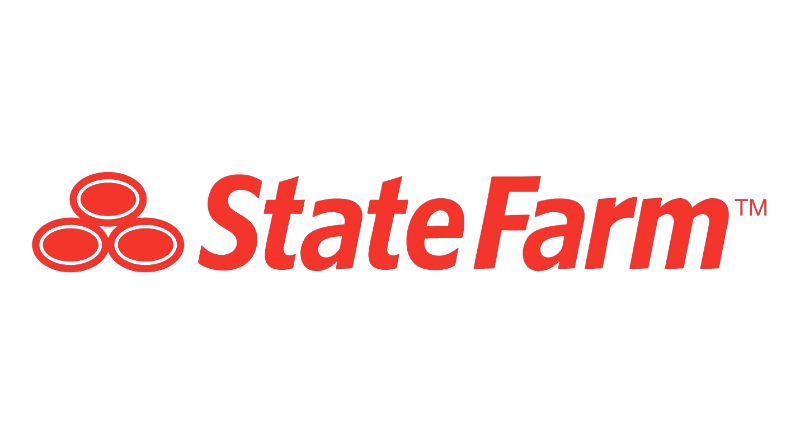With State Farm General Insurance Company (SFGIC) announcing it will be exiting more California property risks starting in mid-2024, ALIRT Insurance Research has noted that state homeowners and commercial property insurance markets will likely continue to face pricing and availability pressures.
 SFGIC’s recent pull includes approximately 30,000 largely non-commercial risks and 42,000 commercial apartment policies.
SFGIC’s recent pull includes approximately 30,000 largely non-commercial risks and 42,000 commercial apartment policies.
This follows the firm’s announcement in May 2023 that it was suspending new California non-auto property and casualty business, citing exposure-related issues and a challenging reinsurance market environment.
Writing in a press release, SFGIC stated that it is taking these steps new to “ensure its long-term sustainability in California”, inculpating economic inflation, catastrophe exposures, reinsurance costs, and regulatory impediments.
According to ALIRT, the regulatory impediments factor “raised the hackles” of the CA Department of Insurance (CDI), which responded in a press statement noting, “One of our roles as the insurance regulator is to hold insurance companies accountable for their words and deeds. State Farm General’s decision today raises serious questions about its financial situation—questions the company must answer to regulators.”
ALIRT additionally noted that this new round of market withdrawals comes in the wake of the CDI’s recently issued “Sustainable Insurance Strategy,” which it dubbed the largest insurance reform since Proposition 103 in 1988.
“The CDI may feel, in a way, betrayed by SFGIC’s announcement, seeing that it just rolled out more insurer-friendly rate review timelines and procedures as well as shifting regulations on the use of catastrophe modelling when setting rates,” ALIRT said.
The firm continued, “With that as background, we share with you the recent ALIRT analytics for SFGIC, which is the State Farm Group’s dedicated property insurer for California.
“As essentially all of SFGIC’s direct premiums are derived from the state (and 88% of those reflecting property risks), this is an excellent proxy for what other property insurers are likely facing in this market.
“SFGIC’s Total ALIRT Score fell 13 points in 2023 to a well below composite 40, which places it just at the edge of ALIRT’s historically normal range of 39-61. Over the prior decade, SFGIC scores ranged in the 50’s and 60’s.”
Meanwhile, ALIRT also noted that despite substantial direct premium growth over the past five years, SFGIC has reported underwriting losses in four of these five years. The average combined ratio over this period was 114% vs. 103% for the ALIRT Personal Lines Composite.
“SFGIC’s underwriting performance was particularly poor in 2023, with the company reporting a loss ratio of 108% (combined ratio of 138%), which reflects both poor accident year results (accident year combined ratio of 122%) plus substantial prior year reserve strengthening of $470 million, with additions for each of the past 10 accident years,” ALIRT explained.
The firm went on, “This underwriting loss would be even worse absent SFGIC’s cession of almost 20% of its direct written premium to parent State Farm Mutual Auto Insurance Company.
“The resulting large operating loss for the year contributed to a 40% decline in SFGIC’s policyholder surplus as of 12/31/2023.
“This hit to surplus, combined with the aforementioned strong direct premium growth, produced a spike in net premium leverage and a year-end 2023 risk-based capital ratio of just 114%, which is almost 1/3 that of the current personal lines composite.
“We remind readers that breaching the company action level (CAL) of 100% in the risk-based capital regime can result in regulators requiring a remedial financial plan, a result previously unthinkable for a subsidiary of a leading personal lines organization like State Farm.
“Drawing similar conclusions from the ALIRT results of other insurance groups that have limited exposure to California’s homeowners insurance market (e.g. Farmers, Allstate, USAA, Travelers, Nationwide, and Chubb) is more difficult given that none of these groups has a single insurer that is as concentrated in the state and/or by line of business.
“For the time being, however, it is likely that the California homeowners and commercial property insurance markets will continue to face pricing and availability pressures.
“It is our belief, analysing the weakening ALIRT results for homeowners and commercial multi-peril specialists writing businesses in other geographies, that this problem is not confined to the Golden State alone.”


